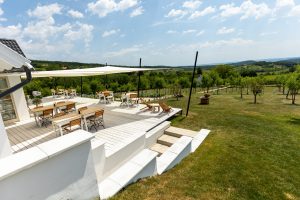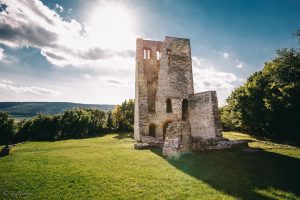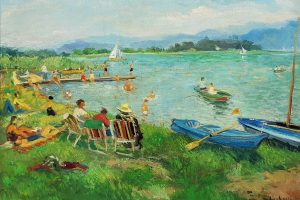When the summer heatwave hits, your best bet is to leave behind the smothering furnace of the concrete jungle. Dive deep into nature and freshen up in the waters of romantic Lake Tisza! Here are three must-see highlights from the surrounding area of Hungary’s second largest lake to cram into your itinerary.
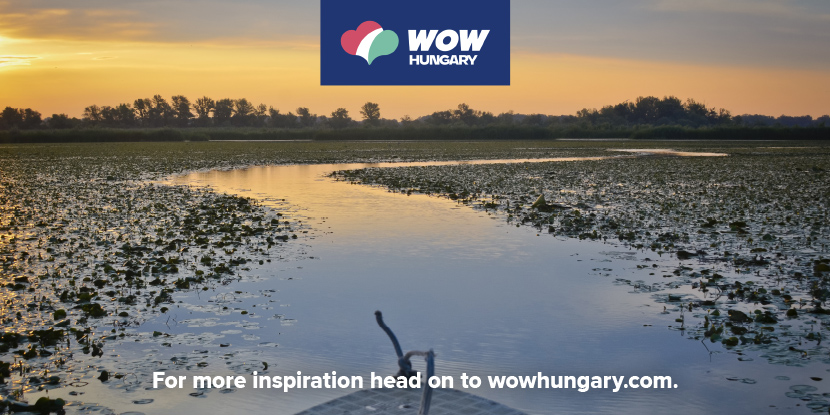
Lake Tisza
Surrounded on all sides by the unbroken horizon of the steppe, providing visitors with the feeling of boundless freedom and idyllic peace, the lake is intersected by River Tisza, and gives home to a number of islands, riparian woodlands, fringed water-lily and seaweed fields, secret lagoons, sandy beaches, and shallow bays. Besides being an excellent place for swimming and eating local fish dishes, Lake Tisza has a few more things up its sleeve. On one hand, there’s the 1,500 metres long water boardwalk, accessible only by boat, flanked with small bird hides and a bird watching tower, offering you a chance to observe the extremely rich local birdlife.
Another unmissable attraction is the Lake Tisza Ecocenter (Tisza-tavi Ökocentrum in Hungarian), an entertaining, interactive display of the natural wonders and wildlife of the Tisza valley. Designed by Ybl Award-winning architect László Kertai to resemble a huge bird, the impressive touristic complex awaits visitors with Europe’s largest freshwater aquarium system, otter-, cormorant-, and pelican feedings, a 3D cinema, a row of exhibitions, and a 7-hectares large leisure park giving place to a zoo and an amusement park.
Debrecen
Debrecen is located east of Lake Tisza, and is considered as the capital city of the Great Hungarian Plain. As the most important city in Hungarian Protestantism (it wasn’t called the Calvinist Rome for no reason), its biggest claim to fame is the Great Church, situated on Kossuth square: With a ground space of 1,500 square metres and a height of 61 metres, it is the largest Protestant church in the country, and is also the symbol of Debrecen. The panorama bridge, wedged between the two towers of the building, offers a beautiful view of the city, but we’d also recommend listening to an organ concert.
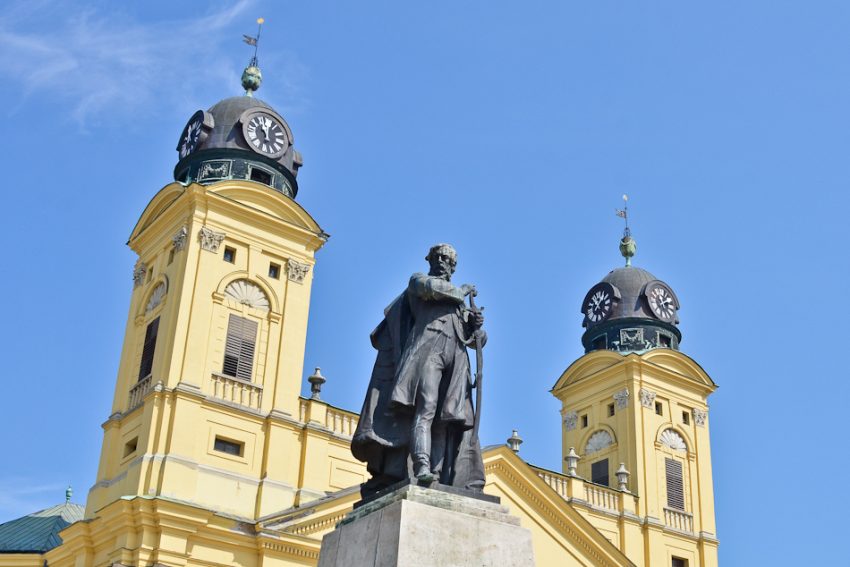
Taking a stroll in the historic centre of Debrecen is a must for architecture enthusiasts: it’s a true treasure trove of Classicist, Art Nouveau and Art Deco architecture. Besides some terrific buildings, the downtown area of Debrecen also boasts amazing cafés (Black Sheep, Vintage World), and must-see museums. The Déri Museum is especially interesting, with its diverse mix of exhibition items, ranging from Egyptian mummies and archeology finds to painter Mihály Munkácsy’s grandiose Christ Trilogy.
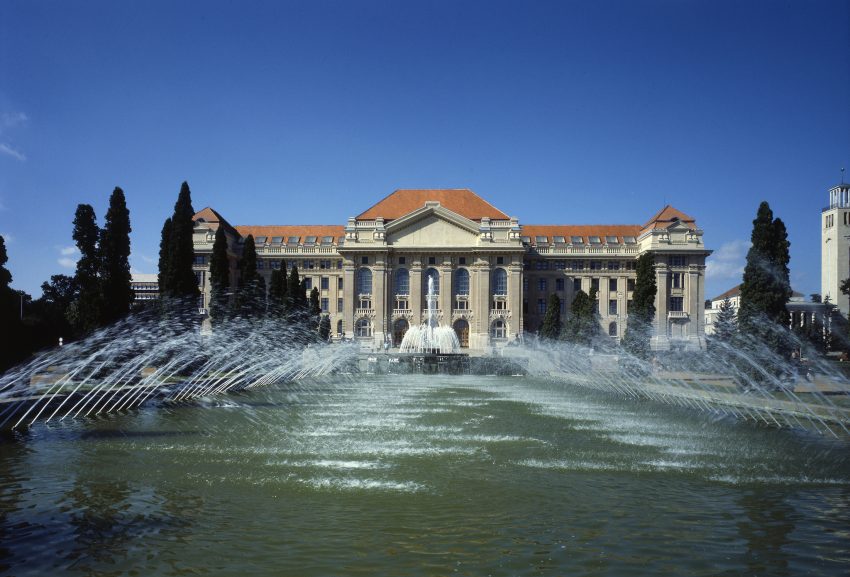
In case you want to reconnect with nature, we suggest you visit Nagyerdő, Debrecen’s 1,092-hectares large park. Featuring a number of baths and open-air swimming pools, a lake, winding pathways, a magical playground, a zoo (with giraffes, lions, hippopotamuses and more), and a 34-metres high water tower, which was recently reborn as a live music bar, Nagyerdő has something for everyone.
Hortobágy National Park
Hungary’s first and biggest national park was established in 1973, and was elected among UNESCO’s world heritage sites in 1999. Comprising of more than 82,000 hectares, the largest semi-natural grassland of Europe is more than just a barren prairie with an endless vista, T-shaped sweep wells, and grazing sheep and grey cattle. Hortobágy is actually a window into a lively and truly fascinating world, where herdsmen (or csikós in Hungarian) perform daredevil stunts on their horses, authentic csárda restaurants await you with classic Hungarian dishes, and where you can get acquainted with giant rabbits, the funky-looking racka sheep, and the Przewalski wild horse up close (Puszta Animal Park).
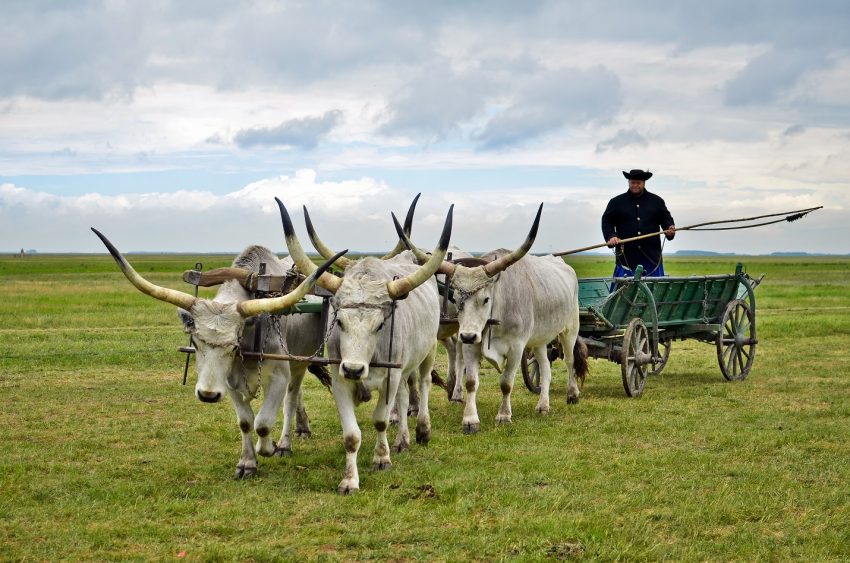
One of the puszta’s iconic sights is the famous Nine-holed Bridge, a Classicist arch bridge built between 1827 and 1833 to replace an old wooden bridge, erected in the late 1600s. Spend a hearty meal at the foot of the bridge in the Hortobágyi Csárda, a renowned restaurant that’s been continuously operating for more than 300 years. On top of all this, thanks to its total flatness and lack of light polluting settlements, a large part of the national park was designated as a dark-sky preserve, making Hortobágy the perfect place for naked-eye stargazing.
Sponsored content. Commissioned by the Hungarian Tourism Agency. Start your journey now, and let every path take you to a new wonder. For more inspiration head on to wowhungary.com.

Hungary, the Land of Waters and Wonders: the Mátra and Bükk Mountains
